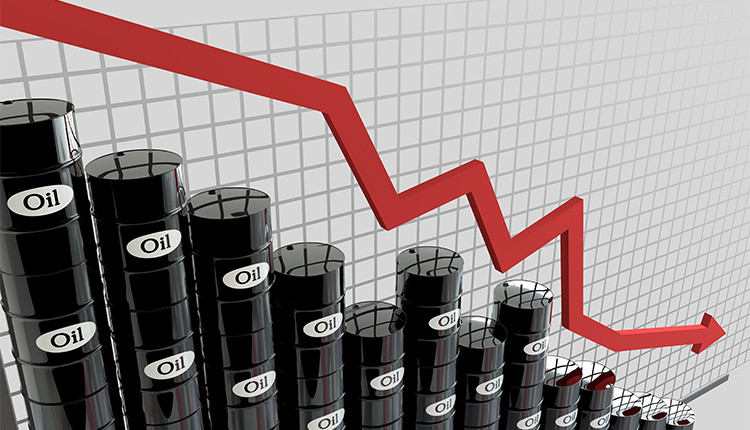
The price of oil this morning began to adjust downward after the powerful rise yesterday. Market participants continue to be interested in news reports on the number of COVID patients in China and the United States of America. In addition, they are tense in anticipation of the publication of the latest statistics on oil reserves, which are traditionally provided by the US Department of Energy.
This morning, on a trading floor in London, the price of Brent crude oil futures for August delivery fell by 1.32% or 0.54 dollars, which sent it to the level of 40.42 dollars per barrel. Recall that yesterday, trading closed for this brand with a significant increase by 3.1% or 1.24 dollars, and the level at which it stopped was at around 40.96 dollars per barrel.
Also, this day, the price of WTI black gold futures for July delivery at the electronic trading platform in New York fell. The morning decline was at 1.85% or 0.71 dollars, which led to its rollback to 37.67 dollars per barrel. Trading on Tuesday closed in the positive zone, contracts rose in value by 3.4% or 1.26 dollars and were in the region of 38.38 dollars per barrel.
Oil received good positive dynamics yesterday due to preliminary forecasts of the International Energy Agency, published on Tuesday. According to the data, world demand for oil raw materials should become much larger in the near future. An increase could reach 5.7 million barrels per day this year. Thus, in annual terms, the total drop in oil demand in the world will be no more than 8.1 million barrels per day.
Recall that the contract to reduce oil production, ratified by OPEC in May of this year, was not fully implemented. On average, the transaction was only 89% complete, while OPEC countries reacted more negligently to their contractual obligations. They fulfilled only 86% of the obligations, while countries that are not members of the organization closed the obligations of the contract by 94%.
According to preliminary forecasts by the IEA, the supply in the raw materials market will also decrease quite significantly by 7.2 million barrels per day for the current year. However, as early as next year, its growth is likely to occur, since there is practically no hope that the contract to reduce production will continue to operate. Thus, in 2021, the proposal may become more by 1.7 million barrels per day. And further actions of market participants will depend only on what level, in reality, there will be demand.
Investors are also focusing on the upcoming OPEC ministerial meeting, which is due to take place on Thursday this week. It is anticipated that the meeting will discuss compliance with contractual quotas. During the meeting, it will most likely become clear what mood reigns among the parties to the contract and whether they will be able to fulfill their obligations under the new quotas.
At the same time, market participants are worried by the news about the increase in the number of COVID-19 patients in China. Recall that during the last day a total of 37 new cases of infection were recorded. This cannot but cause investor suspicion, as it becomes evidence of a new wave of a pandemic.
The market for crude oil was rather seriously affected by the first wave of COVID-19, so any possibility of a repetition of the situation begins to cause deep panic among participants who remember the damage they suffered. Analysts warn that global shock can take hold of markets and make them move in a negative direction. In addition, the largest oil producers in the world do not have an action plan in case of a repeated wave of the disease, and the damage to them can become much more critical compared to the first wave.
In addition, the report of the Department of Energy of the United States should be presented to the public today, which is also very interesting to investors, since it reflects the level of raw material reserves in the country.
Recall that the API in its report indicated that stocks of black gold in the country last week showed an increase of 3.9 million barrels. Gasoline jumped 4.3 million barrels, and distillates increased by 919 thousand barrels. At the same time, oil reserves in Cushing decreased by 3.3 million barrels. This rise was not predicted by experts who hinted at a completely opposite situation. According to preliminary data, oil reserves should have fallen by 3.5 million barrels, gasoline by 2.2 million barrels, and distillates, by contrast, should grow by 3.1 million barrels.
Soon we will find out what will be the real state of affairs. In the case of a large discrepancy with preliminary forecasts, the adjustment in the oil market will also be considerable. Moreover, the coincidence of expectations for an increase in reserves with the actual state of affairs may seriously put pressure on Brent crude oil, which will inevitably begin to decline in price, and no factors are expected for its return in the near future.





















